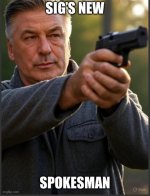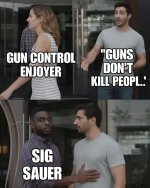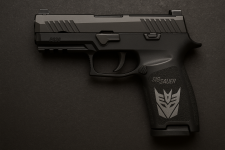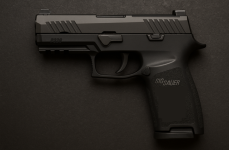Obviously the P320 is an even hotter topic within the firearms community at the moment. I think there is a lot to like from a conceptual standpoint that offers lots of flexibility that people wanted, but here are some thoughts of potential issues from a technical mechanical engineering perspective:
Starting with the P250, all of the desirable modularity of the FCU is present and to my understanding this was problem-free... and that makes a lot of sense. As a DAO pistol, it is significantly easier to manage the tolerance specifications for a system that is hammer-fired within the FCU. The FCU housing may be simple stamped steel but the sear and hammer location holes are easier to control in manufacturing, assembly and fitting. This is all before any consideration is given to parts spec tolerance and fitting. Also, any inherent looseness between the slide and the FCU rail isn't really a problem at all in mechanical operation as the hammer-sear engagement/release is not affected.
As the P320 is a modified/converted design from the P250 FCU to a striker-fired system, there is an inherent stacking of quality control and tolerance concerns. The striker is located within the slide, which is relatively loose fit on the FCU rails. This increases complexity to controlling precise fitment, clearances and making parts as a whole to work together consistently and interchangeably batch to batch (ie these aren't hand-made race guns).
[Additionally, the rolling-changes including the voluntary upgrade also make this a much more convoluted problem set as in many a mechanical system may encounter where changes in design, strength and such could have impacts somewhere else that weren't factored in.]











































































